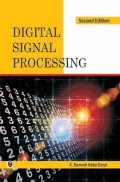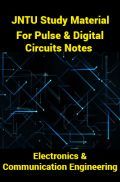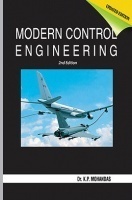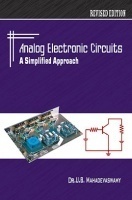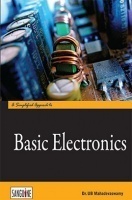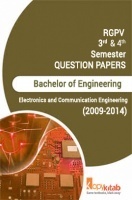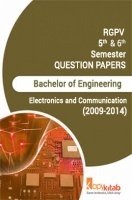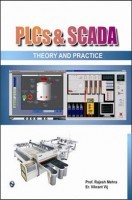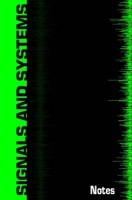The field of electronics engineering has been advancing at a great pace. Since the first edition of this book released in 1990, there has been a tremendous progress in integrated circuit design, manufacturing processes, technology and applications. Products with touch screens have become common these days. Mobile broadband and high-bandwidth Internet connection networks have made the Digital media so fast and reliable. The recent deployment of Optical fibre networks in advanced countries has removed further the bottlenecks that plagued previous systems. High definition display systems are also a commonplace. Video capture and broadcast has become so easy that even the mobile phones are capable of producing high definition video clips and sending over the wireless network and uploading to public sites such as YouTube or Facebook in very little time allowing millions to access to media quickly and freely.
There has been a tremendous progress in Electronic Design Automation (EDA or ECAD) Software Tools for design, simulation, analysis and verification and manufacturing preparation of electronic devices and printed circuit boards.
This book Useful for B.E. Student.
t Introduction
2. Structure of Solids
3. Electricity and Ohm's Law
4. D.C. Resistive Circuits
5. Kirchhoff's Laws and Network Theorems
6. A.C. Fundamentals
7. Passive Circuit Elements
8. Circuit Control and Protective Devices
9. Voltage and Current Sources
10. Semiconductors
11. PN Junction
12. PN Junction Diode
13. Special Purpose Diodes and Opto-Electronic Devices
14. Bipolar Junction Transistors
15. BJT Characteristics
16. Field-Effect Transistors
17. Thyristors
18. Integrated Devices and Circuits
19. Rectifiers and Filters
20. Regulated Power Supplies
21. Controlled Rectifiers
22. BJT Biasing and Stabilization
23. Low and High Frequency BJT Models
24. Single-Stage BJT Amplifiers
25. Hybrid Parameters
26. Multistage BJT Amplifiers
27. Power Amplifiers
28. Tuned Amplifiers
29. Feedback Amplifiers
30. Field-Effect Transistor Amplifiers
31. Sinusoidal Oscillators
32. Non-sinuaiodal Oscillators
33. Wave Shaping
34. Time Base Circuits
35. Operational Amplifiers (OP-Amps)
36. Basic Op-Amp Applications








